Posterolateral Elbow Fracture-Dislocation
Score and Comment on this Case
Clinical Details
Clinical and radiological findings: Patient presenting with a posterolateral elbow fracture dislocation. The patient exhibited a displaced fracture of the radial head and neck, alongside a Type 2 coronoid tip fracture characterized by mild anteromedial extension, without involvement of the sublime tubercle.
Preoperative Plan
Planning remarks: The surgical intervention was performed with the patient in a supine position, utilizing a dorsal single incision approach through Boyd's interval
Surgical Discussion
Patient positioning: Supine
Anatomical surgical approach: Boyds
Operative remarks:Single dorsal incision through Boyd's interval to access the radial head. Notably, there was no identifiable lateral collateral ligament (LCL) injury at the level of the capitellum. The neck fracture was complete, necessitating the removal of the radial head and the fragment, which were subsequently reconstructed on the back table using poly(L-lactic acid) (PLLA) pins. While the radial head was excised, transosseous suture refixation of the anterior capsule to the coronoid was accomplished, utilizing a technique that involved tying over an endobutton. Following the reconstruction, the radial head was reimplanted and secured using three HBS midi headless compression screws in a triplanar technique. The construct demonstrated stability throughout passive range of motion (ROM) assessment, with no signs of subluxation. Additionally, transosseous refixation of the lateral ulnar collateral ligament (LUCL) and the annular ligament was performed, followed by closure of Boyd's interval. Final fluoroscopic imaging during range of motion revealed stability in the joint.
Postoperative protocol: Postoperatively, no immobilization was required. The patient was advised to commence early non-weightbearing range of motion exercises starting on day one following the procedure
Follow up: Not specified
Orthopaedic implants used: Not specified
Search for Related Literature
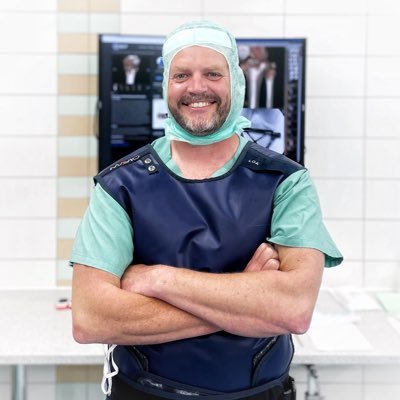
Dr Ed Oates
- Germany , Schleswig Holstein
- Area of Specialty - General Trauma
- Position - Specialist Consultant

Industry Sponsership
contact us for advertising opportunities
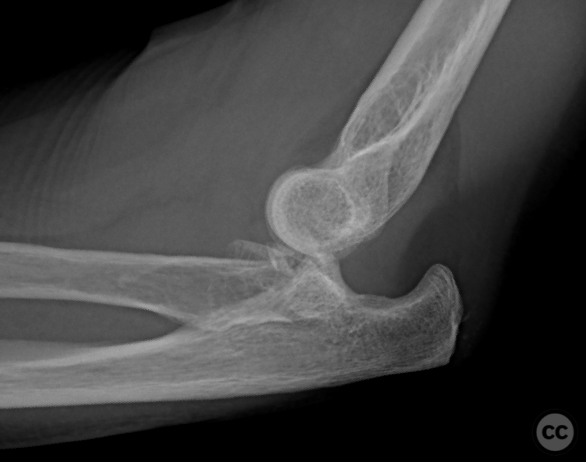
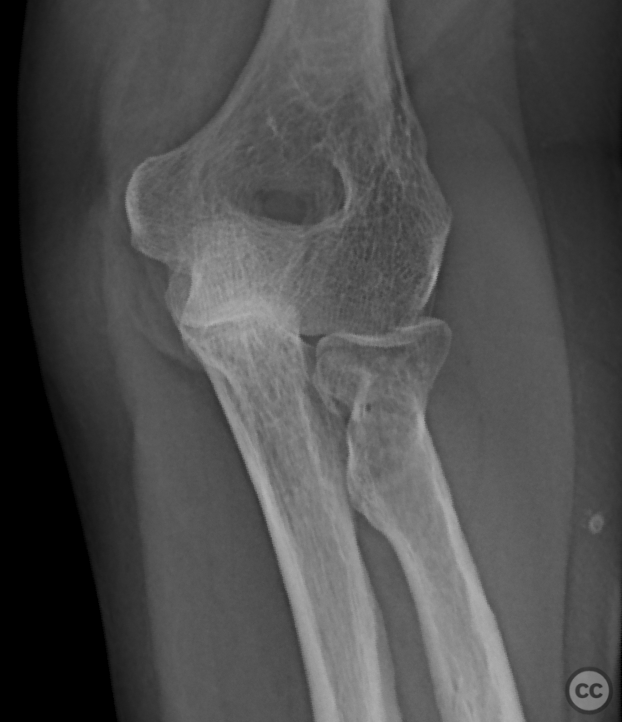
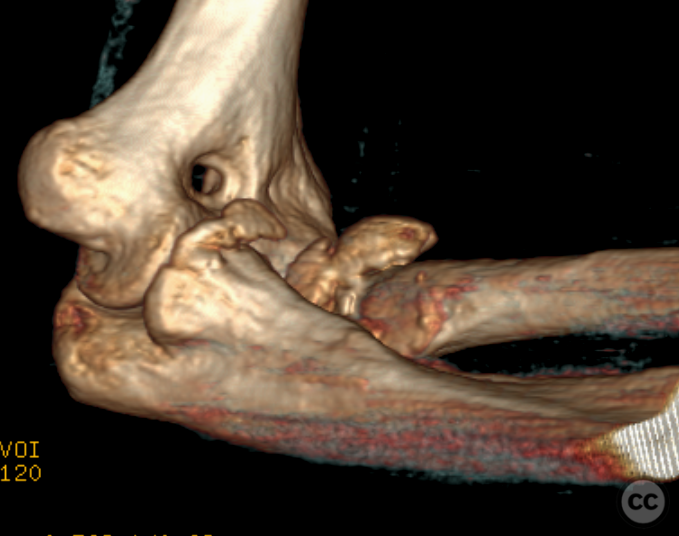
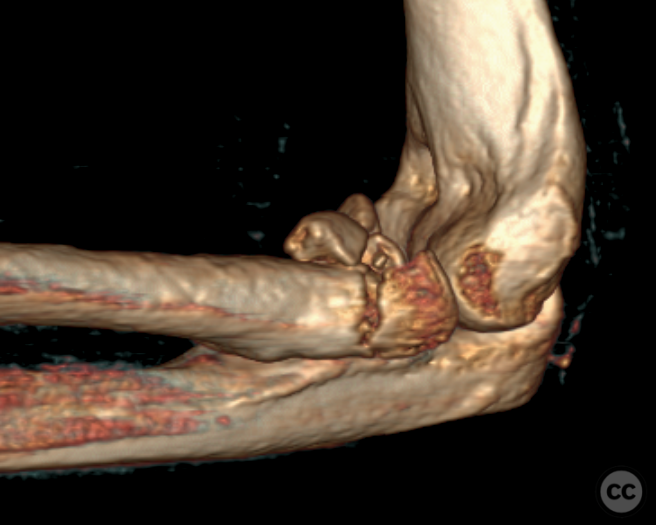
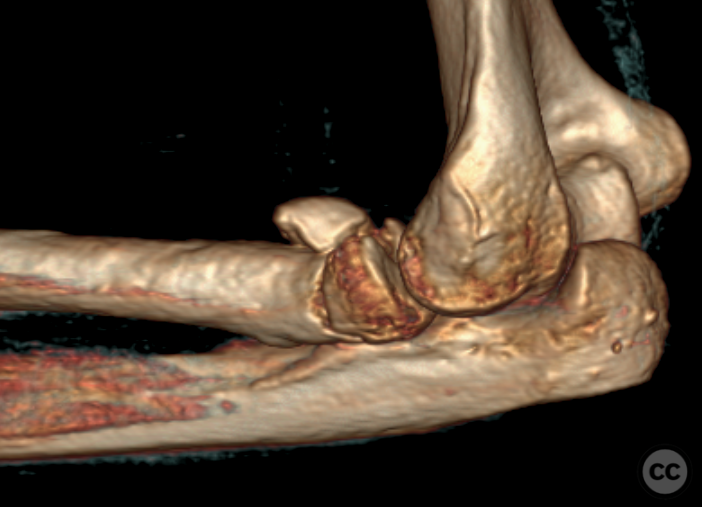



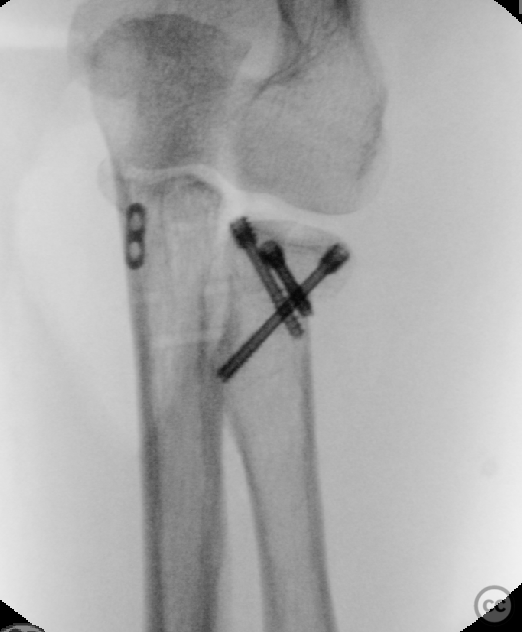
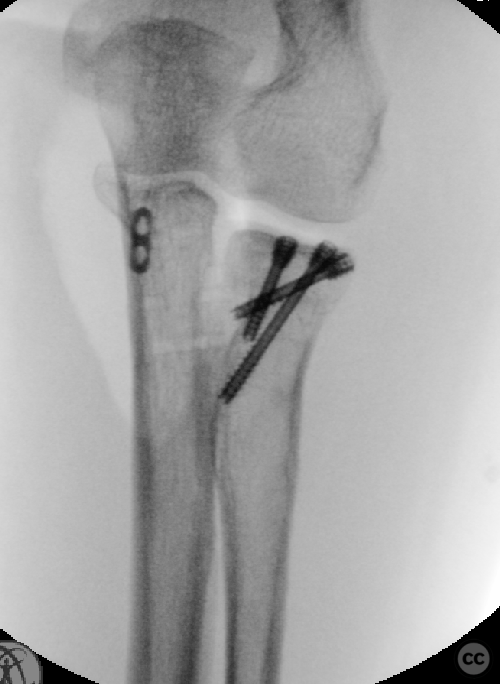
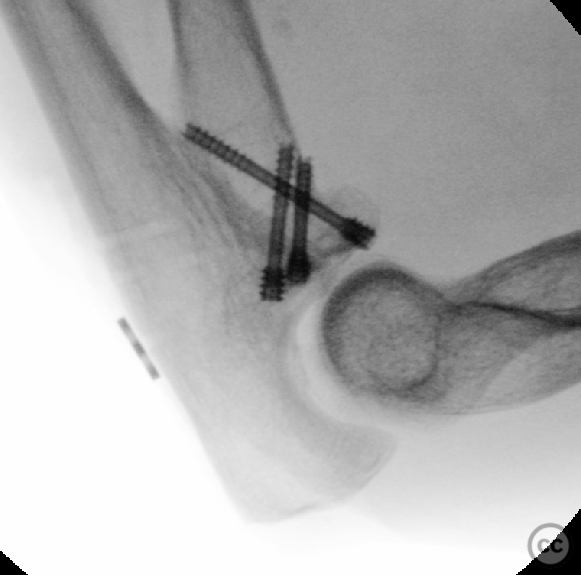
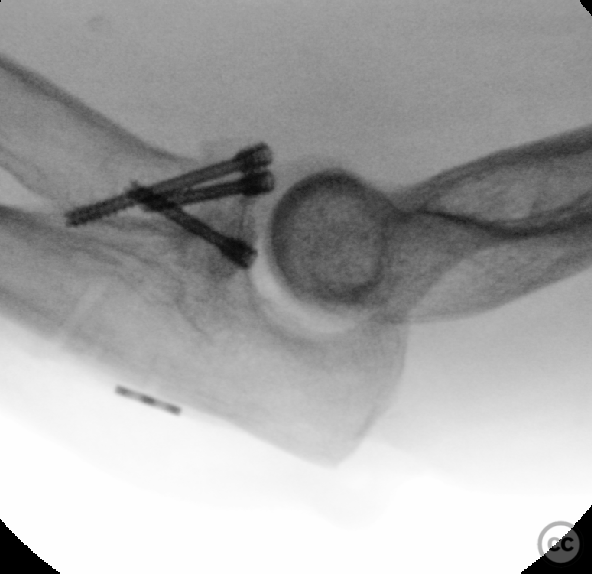


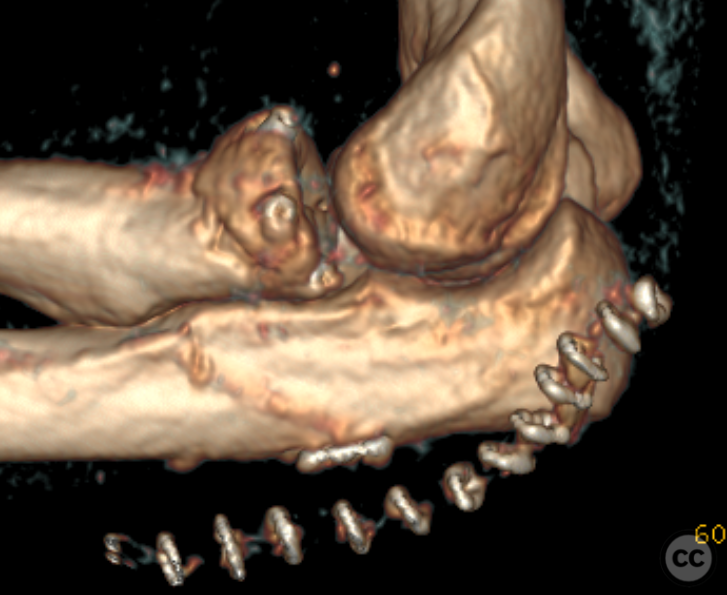

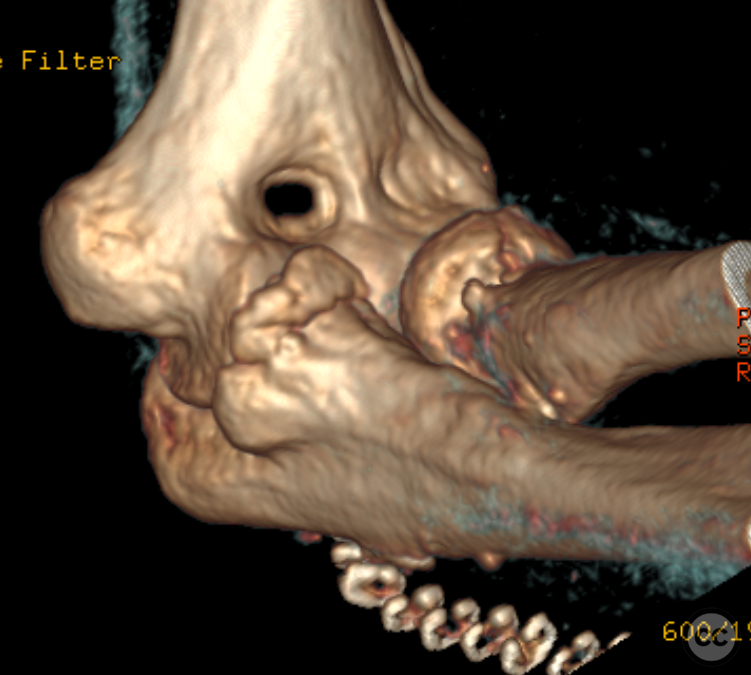
Article viewed 153 times
26 Dec 2024
Add to Bookmarks
Full Citation
Cite this article:
Oates, E.J. (2024). Posterolateral Elbow Fracture-Dislocation. Journal of Orthopaedic Surgery and Traumatology. Case Report 32058153 Published Online Dec 26 2024.